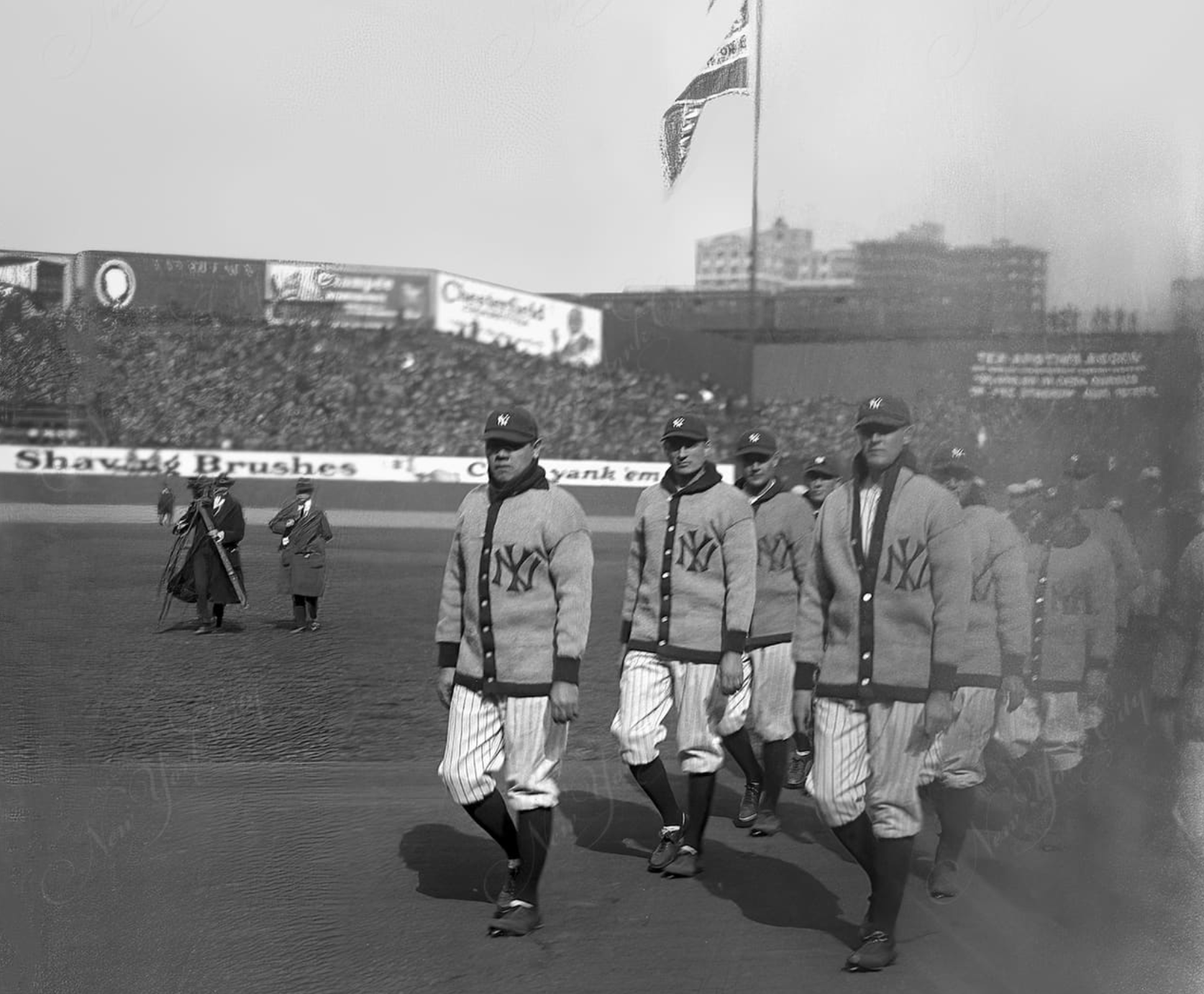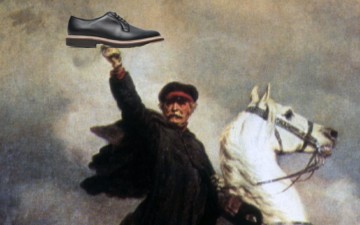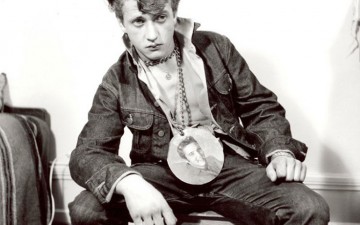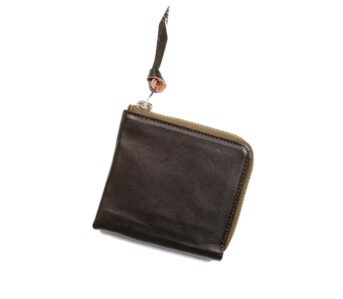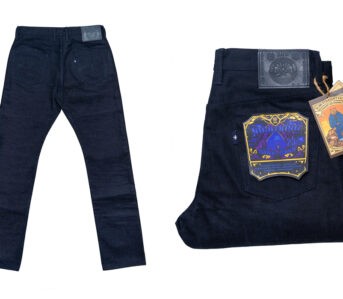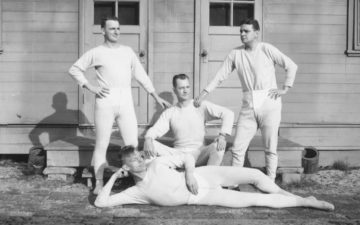Baseball is many things. It’s America’s pastime. It’s an excuse to sit outside on a warm day and chug beers and down hotdogs in the middle of the afternoon (which on its own has a solid case for being America’s real pastime). It’s also a sartorial goldmine that has influenced fashion in a number of ways that many may not have ever even realized.
One of my most formative forays into baseball fashion came after watching the 2001 movie Hardball and its accompanying music video which featured a bunch of my favorite rappers (I was the #1 Bow Wow fan back in the day, not gonna lie) decked out in sick gloves, eye black, and the coolest over-sized, unbuttoned jerseys that caught 8-year-old me ♫by surpriseee♫. From the jerseys to the hats to the jackets, baseball’s enduring sartorial legacy goes far and wide, and we thought it was time we delved a bit deeper into that side of the fashion ballpark.
Back to the Beginning
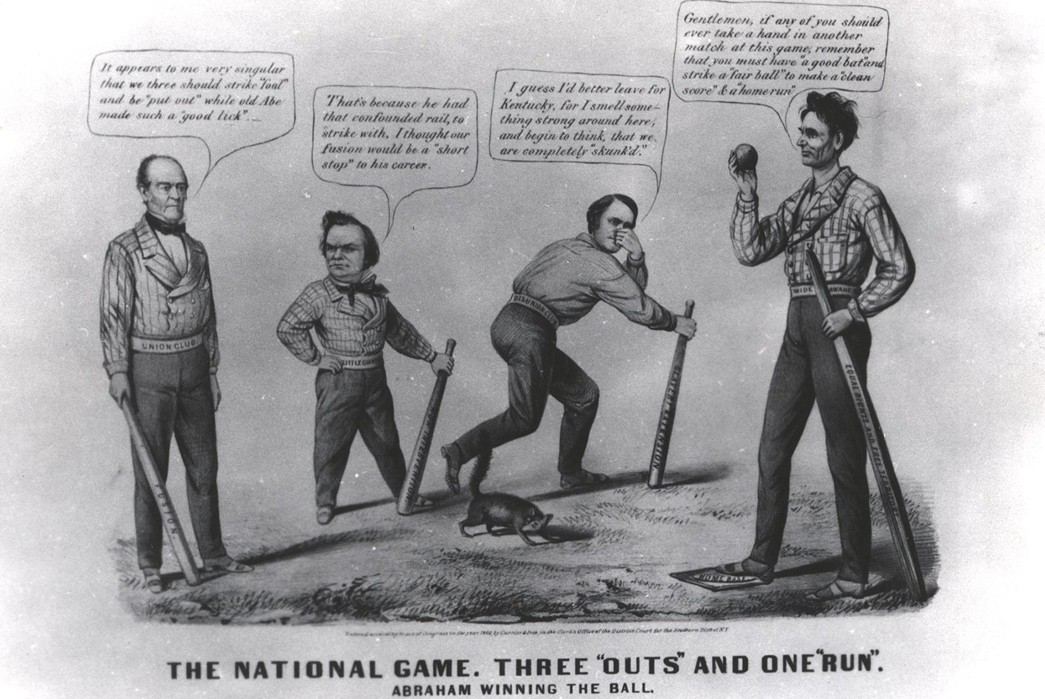
1860 political cartoon featuring Abe Lincoln image via BaseballHallHall.org
The roots of baseball trace back to ancient times, with some historians suggesting that it may have been derived from ancient Egyptian or Greek ball games. However, the sport’s true lineage can be traced to England in the 18th century. Various ball games like “rounders” and “stoolball” laid the foundation for what would eventually become baseball. These early versions of the game involved hitting a ball with a stick and running around bases.
As waves of European immigrants settled in North America, they brought their versions of bat-and-ball games. In the 1800s, these games began to evolve with rules gradually solidifying. By the mid-19th century baseball clubs and leagues started sprouting up across the United States, often in urban centers. The New York Knickerbockers, founded in 1845, played a pivotal role in standardizing the rules of the game and introducing concepts like nine-player teams and three outs per inning.
In the 1860s, the American Civil War acted as a catalyst for baseball’s popularity as soldiers on both sides played the game during their downtime. After the war, returning soldiers brought the game to their hometowns, leading to its rapid spread throughout the nation. Baseball became a favorite recreational activity, and amateur leagues flourished.
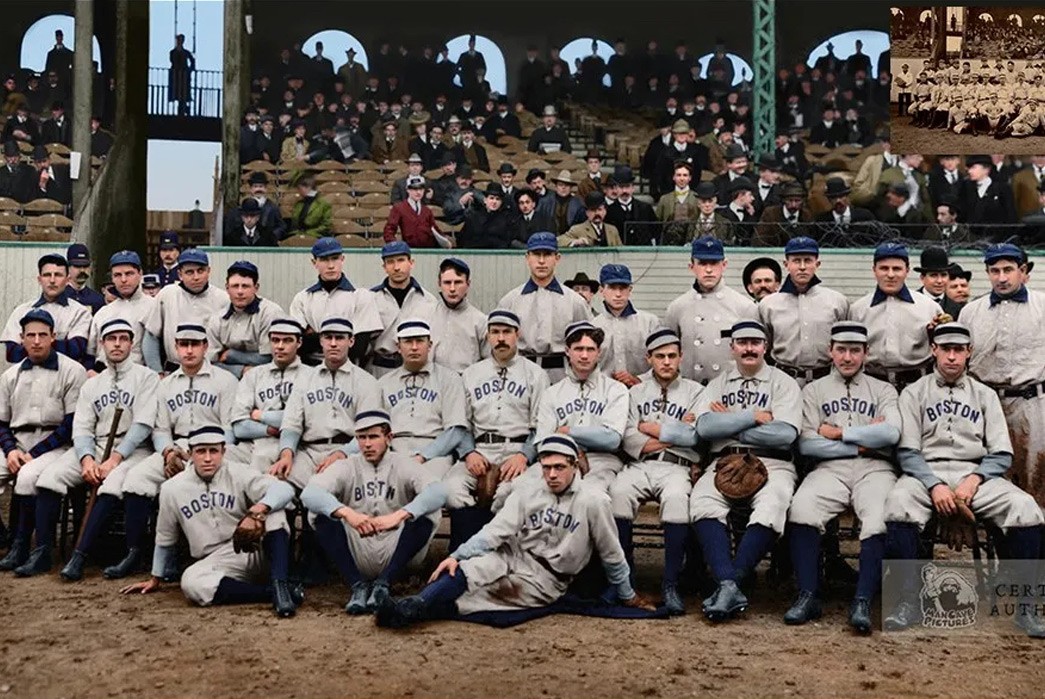
Colorization of Boston Americans at the first World Series in 1903 via Baseball History Comes Alive
The turn of the 20th century saw the rise of professional baseball leagues. In 1901, the American League was established, providing stiff competition to the existing National League. After a tumultuous relationship, the two leagues finally merged in 1903 and thus Major League Baseball (commonly known as the MLB) was born.
The Uniform is Born
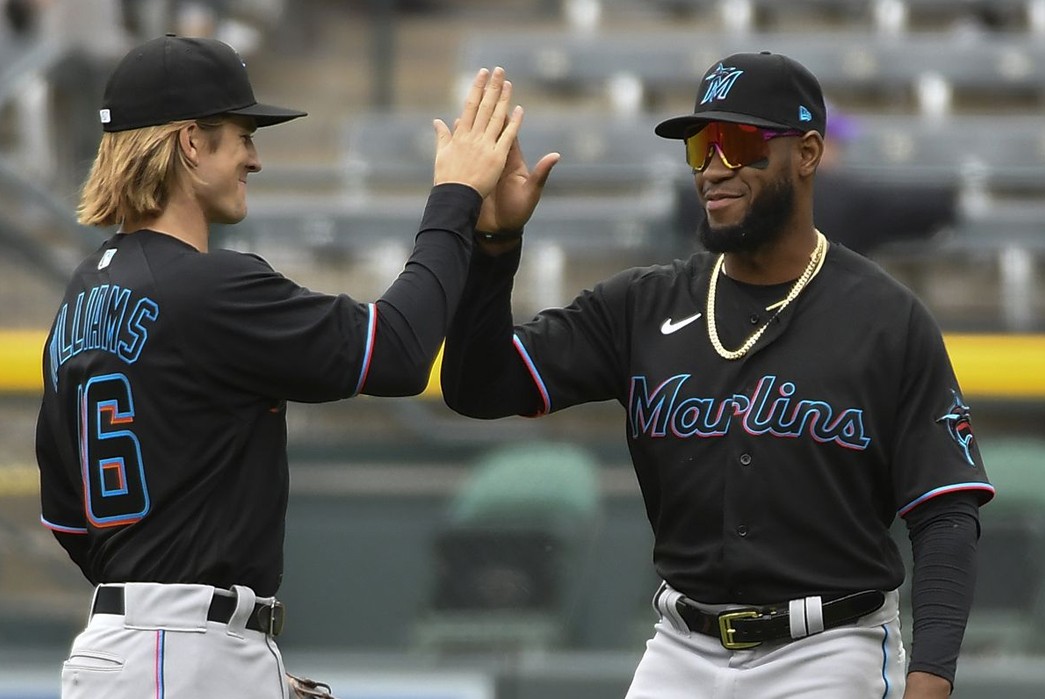
Florida Marlins uniforms via Fish Stripes
There’s an undeniable magic to the baseball uniform — an appealing allure that’s tough to put into words. It’s the feel of the fabric, the cap, the jersey, the vibrant colors, the sharp cut, the way the pants fit on a butt. All of this adds up to form a handsome kit that’s easy on the eyes and full of design opportunities.
Today’s Major Leaguers are decked out in eye-catching, brilliantly colored, double-knit uniforms, crafted from current edge synthetic blends. But back in the day, it was something else entirely.
In 1849, the aforementioned New York Knickerbockers (often acknowledged as the sport’s first official organized team) stepped up to the plate and introduced the first-ever baseball uniform. It was a simple outfit consisting of a crisp white flannel shirt, blue wool pantaloons, and topped off with a broad-brimmed straw hat (more on that later).
Wool definitely sounds like an uncomfortable material to play in, but was chosen in lieu of cotton which was associated with the working class at the time (cue the calls of “eww poors” in an old-timey Mid-Atlantic accent). Founders of the earliest baseball clubs wished to be viewed as respectable, and thus aligned themselves with signifiers of high status.
As the game evolved, teams experimented with what the uniform could be. This aged of experimentation led to some good, great, and best-left-forgotten looks.
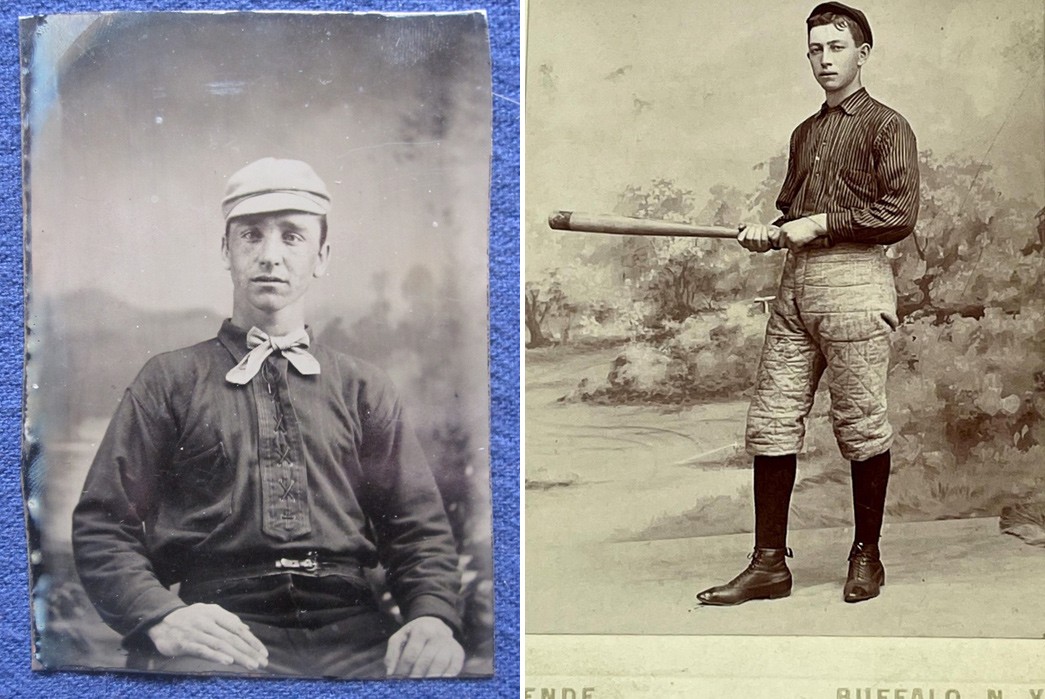
(Left) 1870s baseball player via James Mountain Antiques (Right) 1880s baseball player via Invaluable.com
In the late 1870s, the laced-front jersey stormed onto the scene. Different teams rocked their unique twists, with some jerseys flaunting lacing from top to bottom, while others kept the lace placket restricted to the top half of the shirt only. Laced-front jerseys had their moment of fame, staying cool through to the 1890s. But by 1901, only two out of 16 major league clubs were still repping this look. A decade later, the laces vanished altogether as baseball style took a new turn.
In the mid-1880s, button-down jerseys hit the scene. Baseball clubs jumped on the trend, and by the turn of the century, you’d be hard-pressed to spot a baseball uniform without a slick button-down placket. It became the style staple for players of the era and a timeless classic that is still rocked on and off the field to this day.
Perhaps the boldest experiment with the baseball uniform came in 1882 when new rules were implemented that called for multi-colored uniforms designed specifically for each player’s position. When members of a ball club took the field, no two men were wearing the same uniform. Shortstops wore maroon shirts and caps, while first baseman looked like walking candy canes in scarlet and white striped jerseys. Every player was also required to wear white pants, a white belt, and a white tie. The only way the fans in the stands could tell which club was which was by looking at a player’s stockings as each club wore unique colored socks. Not surprisingly, Chicago wore white ones, and Boston dressed in red socks.
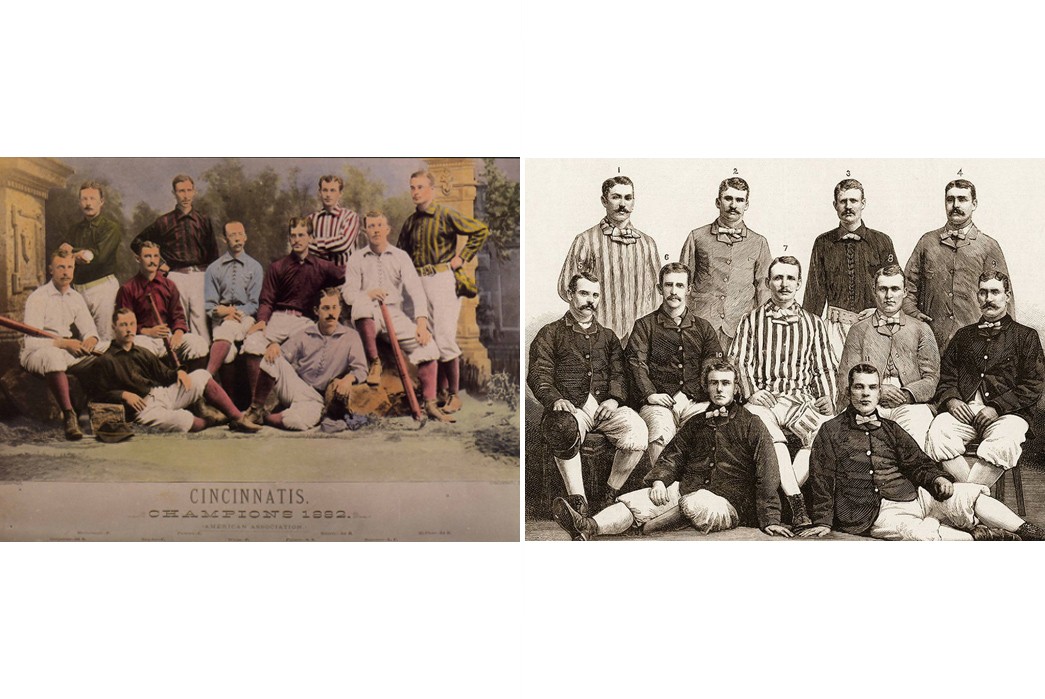
(Left) 1882 Cincinnati Red Stockings via Annex Baseball Blog (Right) drawing of the 1882 Chicago White Stockings via Men’s Health
The crazy color schemes created chaos on and off the field, and by the middle of the season these experimental uniforms (mockingly called “clown costumes”) were abandoned in favor of the old jerseys fans and players knew and loved.
Clearly, baseball clubs were no strangers to patterns on their uniforms. But it wasn’t until 1888 that the legendary pinstripes made their debut. In 1912, the New York Yankees gave pinstripes a whirl. By 1915, pinstripes had become the team’s signature look, setting a trend that would dominate baseball fashion for decades to come.
From the mid-19th century to the 1940s, flannel remained the fabric of choice — usually a cozy blend of wool or wool-cotton. In the 30s and 40s, some clubs tried utilizing satin for night games in the hopes that the material would shine under the bright lights illuminating the field. But it didn’t quite stick. In 1970, the Pittsburg Pirates started a revolution when they stepped onto the diamond in ‘double-knit’ uniforms. Comfortable and durable, these game-changers revolutionized big league ball. No more itch-inducing wool, no more heavy fabrics — just a breathable, cutting-edge blend of synthetic fibers. Today these kits still dominate baseball at all levels, keeping players cool and stylish as they swing for the fences.
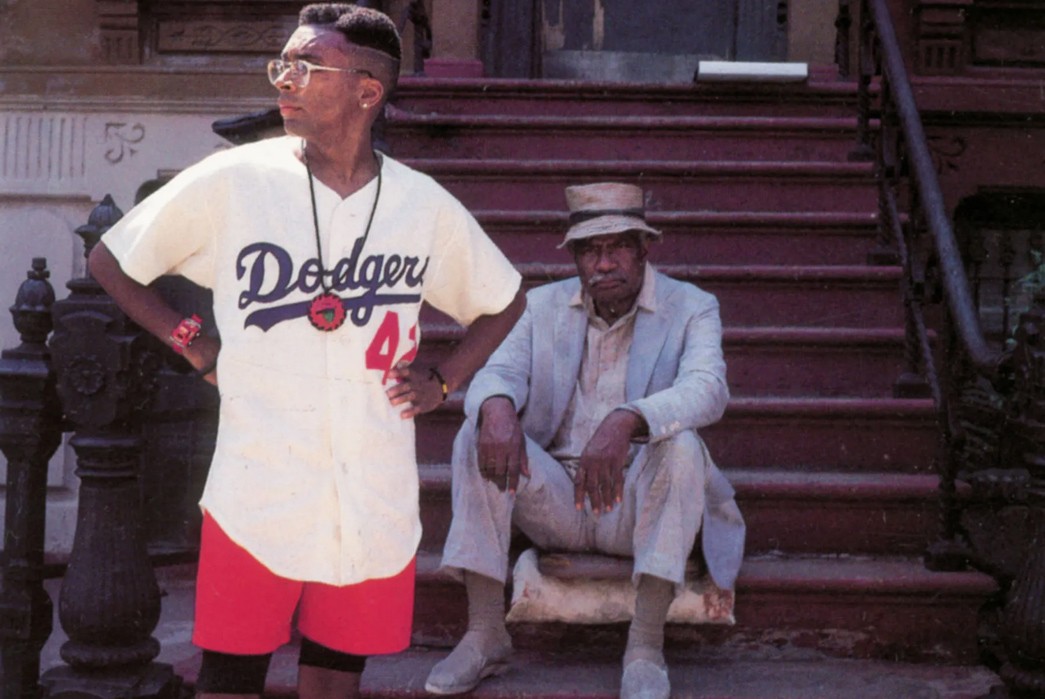
Spike Lee in Do the Right Thing via GQ
In the 1980s, the MLB and its teams finally started offering replica jerseys for fans to buy and wear proudly. This was major, as it closely tethered fans to the literal fabric of their favorite teams like never before.
The baseball uniform hasn’t undergone many new changes since the turn of the century. However, in 2019, Nike became the official uniform supplier of the MLB. The hope was to bring the uniform into the 21st century and shake up baseball’s current uniform culture. One of the big ways they’ve done this is by introducing alternate uniforms dubbed City Connect. These uniforms feature distinct color schemes, typefaces, and graphic elements that set them apart from the teams’ regular home and away threads (a la British football kits). Each one is thoughtfully crafted to reflect and celebrate the cultural essence of the team’s home city. While the look has been polarizing among many of baseball’s most ardent traditionalists, the uniforms surpassed sales projections, sold out everywhere, and are a total hit with the younger generation of fans.
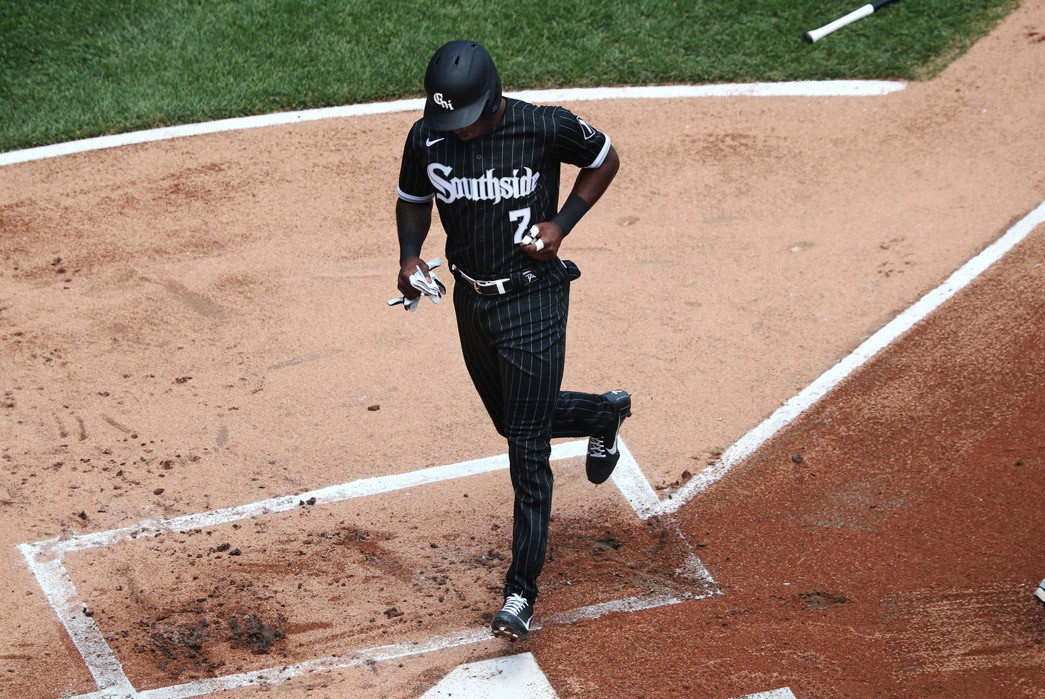
Chicago White Sox City Connect uniform via Chicago Tribune
The Rise of the Baseball Cap
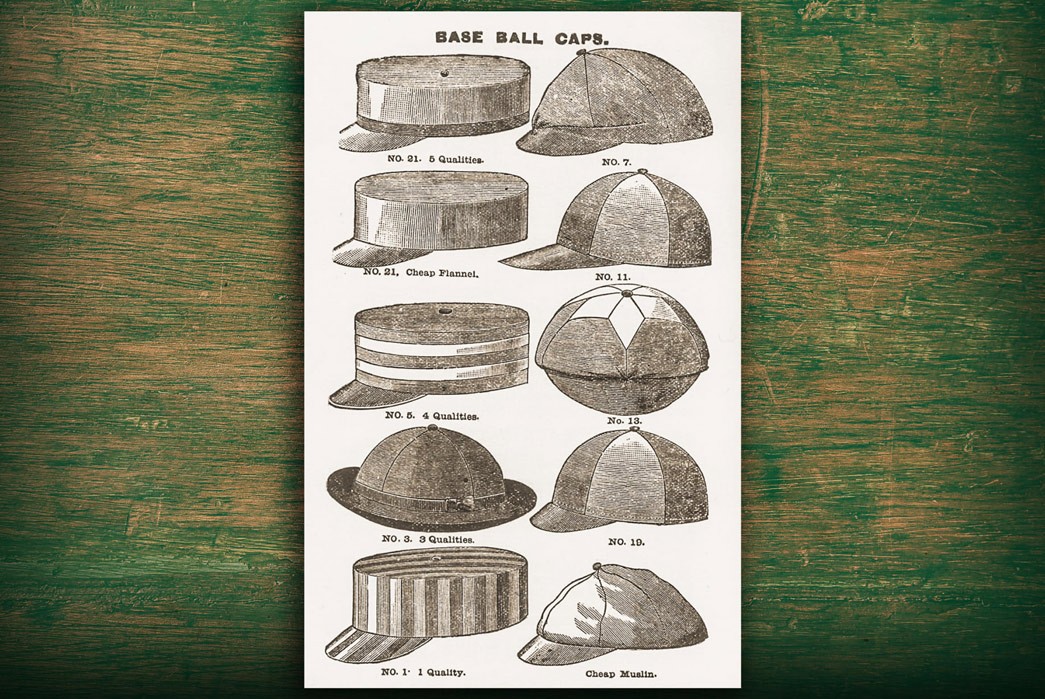
Baseball cap models via MLB.com
Esquire once proclaimed the baseball cap as “America’s greatest contribution to headwear”. As someone who works in advertising, my favorite quote about the ballcap comes courtesy of Tom Shieber, the senior curator of the National Baseball Hall of Fame and Museum: “The baseball cap is a really great marketing tool. Because it’s right there. It’s a billboard, right above your head, where people pay attention.”
Once upon a time, the ball cap was merely a humble sun shield for baseball players, protecting their eyes from scorching rays. But over time, the baseball cap has emerged as America’s crowning achievement (see what I did there) in the realm of accessories, evolving from a uniform into a universally ubiquitous facet of our everyday wardrobe.
With that being said, it is interesting to note that the original baseball hats were made of straw, and had nothing particularly to do with the fight against glare. The players simply wore hats during games because it was the 1800s and that’s what “respectable” men wore in public.
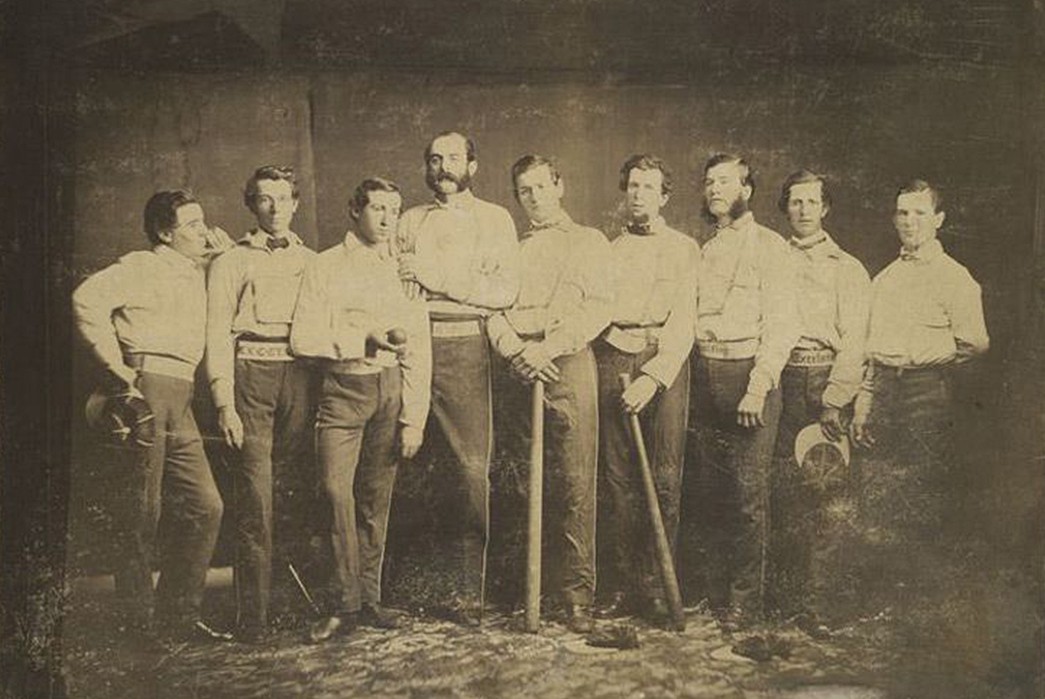
Brooklyn Excelsiors with caps in hand via Pinterest.
Eventually, the straw hats struck out. And in 1860, the Brooklyn Excelsiors stepped up to the plate with a revolutionary ballcap made from merino wool. This hat featured a visor that was purposefully intended to help keep the sun out of players’ eyes. This hat was dubbed the ‘Brooklyn-Style’ cap.
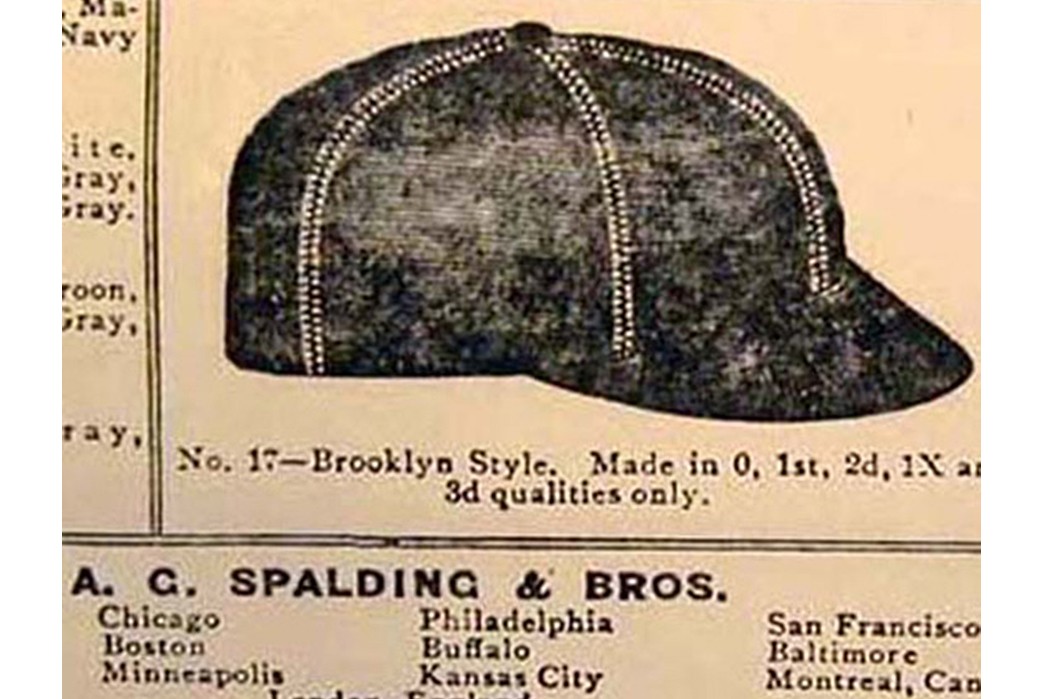
A vintage Spaulding ‘Brooklyn Style’ baseball cap via Strictly Fitteds.
Over the next 40 years, different styles tried to make a name for themselves. The “pillbox” had its time in the sun. It was a round-crowned cap with horizontal stripes and a flat button top. But none could hold a candle to the Brooklyn Style cap. By 1900, it became the standard, making its way into the uniforms of most major league teams.
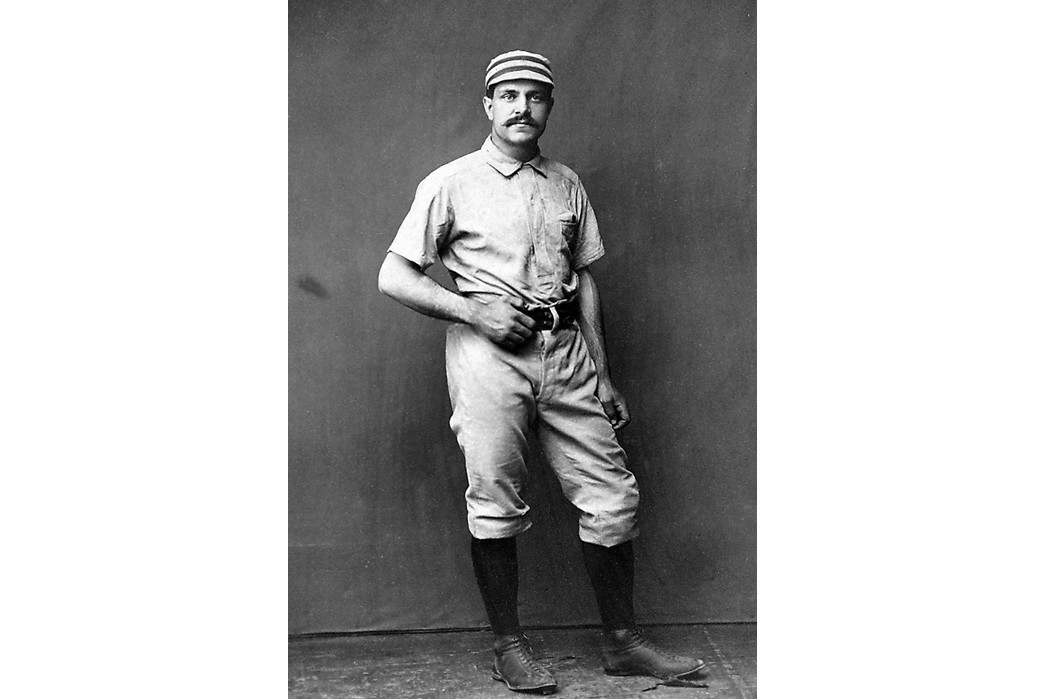
19th-century baseball player in pillbox hat via Vogue Australia
In 1934, cap titans, New Era, began supplying MLB teams with ballcaps. By 1945, every team was wearing its own branded hat. And in 1954, the company’s pro cap model was modernized and named the 59Fifty. It is this hat (commonly referred to as a “fitted”) that is the most popular cap that we all know and love. It’s arguably what comes to mind when we imagine what a baseball hat is. The 1980s marked a special time for New Era, as they struck gold by making authentic team-branded hats available to fans.
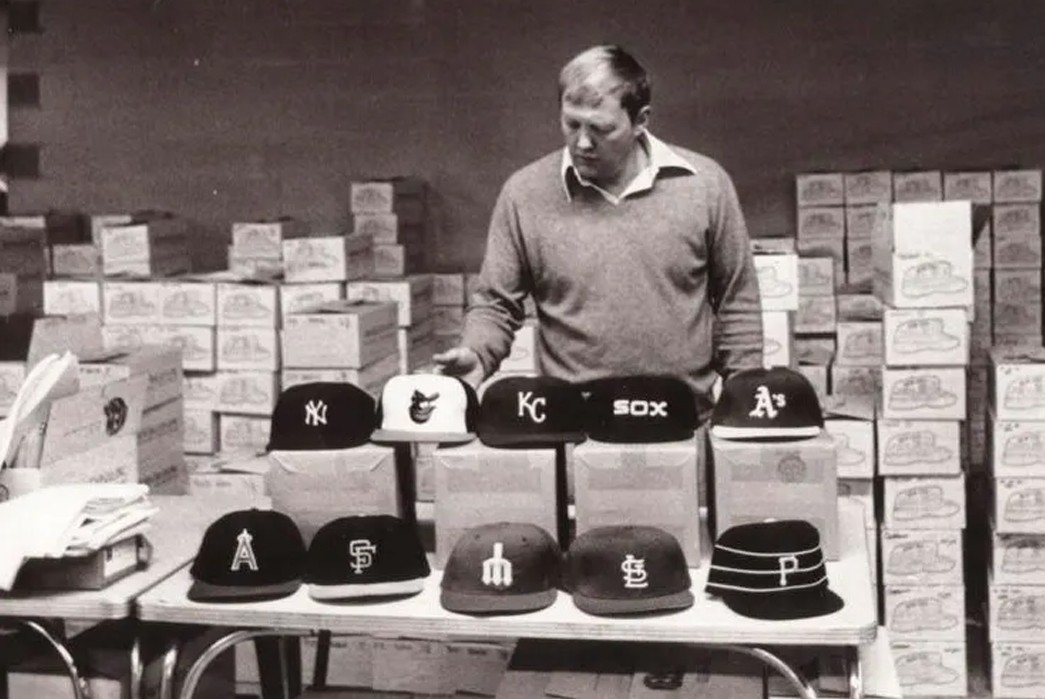
New Era hats via qilonyc.com
On The Libertines’ seminal hit, “Time for Heroes”, Pete Doherty crooned, “There’s fewer more distressing sights than that of an Englishman in a baseball cap.” But the hat is a worldwide fashion staple. One wouldn’t be out of place wearing it strolling down the high streets of East London, the Champs Élysées, or Shibuya. It’s been donned by royalty, presidents, and celebs of the highest stature.
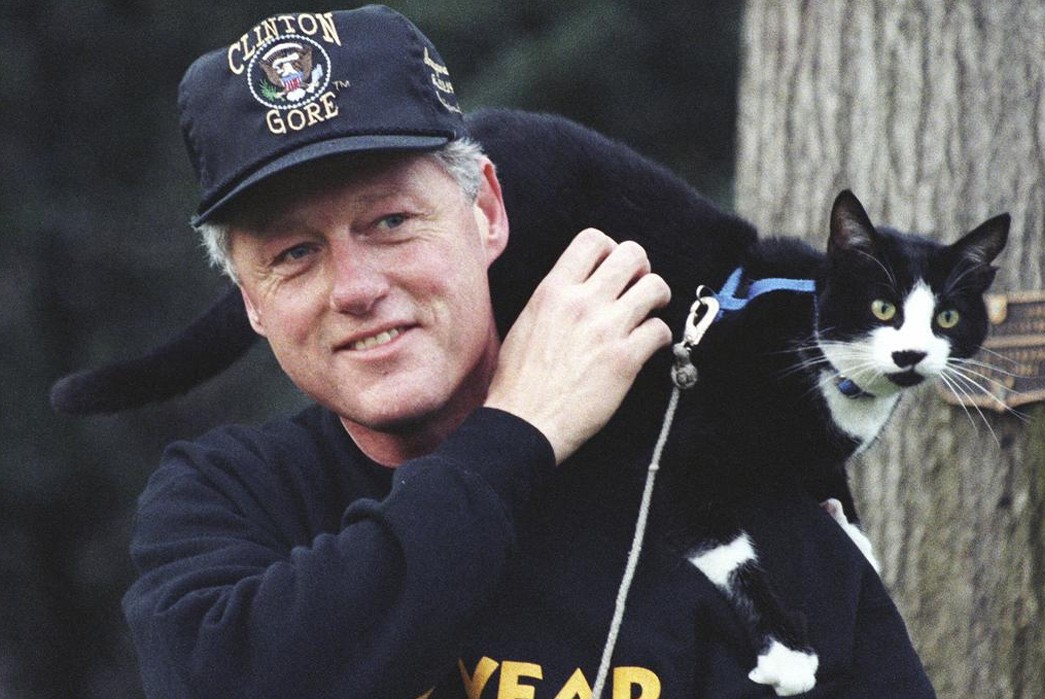
Bill Clinton via Flickr.com
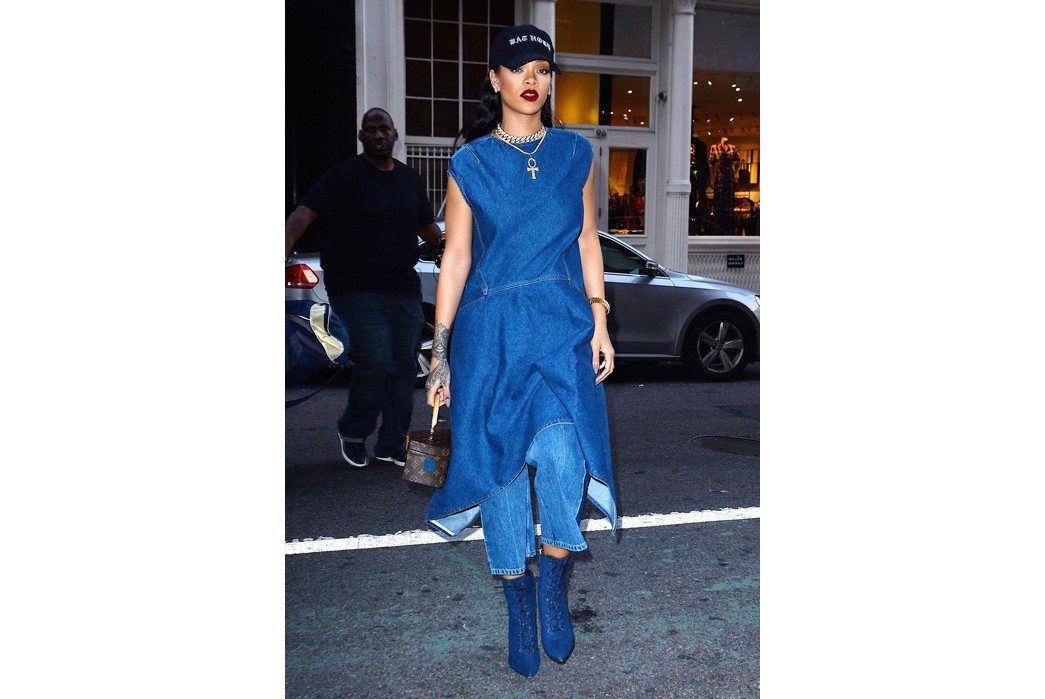
Rihanna via Vogue
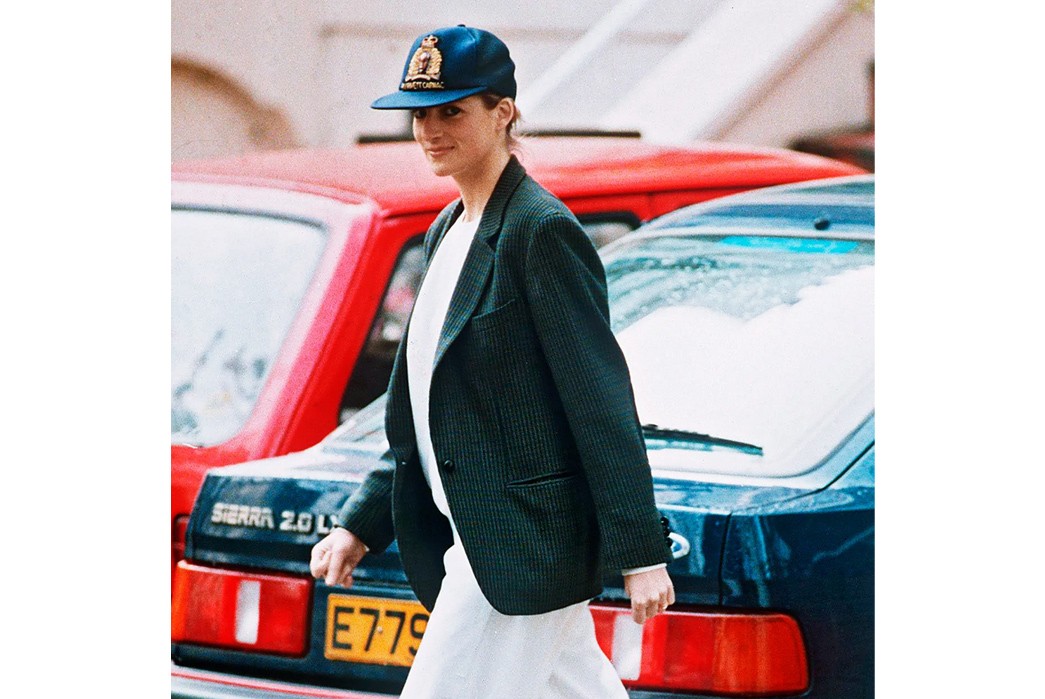
Princess Diana via GQ
Princess Diana was known to rock her cap dressed up with a blazer, or dressed down with jeans and sneakers, lending credence to her reputation as the “people’s princess”.
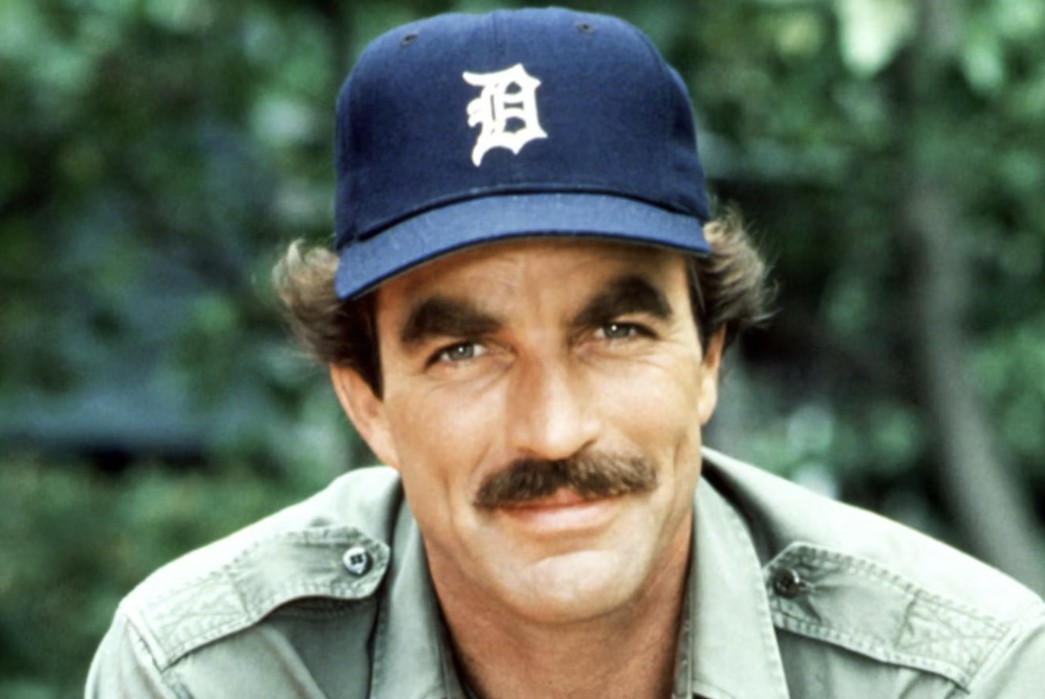
Tom Selleck via Screen Rant
Tom Selleck devised a way to rep his favorite baseball team by having his character Thomas Magnum rock a Detroit Tigers hat, which, along with his Hawaiian shirts and brilliant mustache, became a defining part of his look on Magnum P.I. Many Baseball historians note Tom Selleck as partly responsible for the ballcap-boom
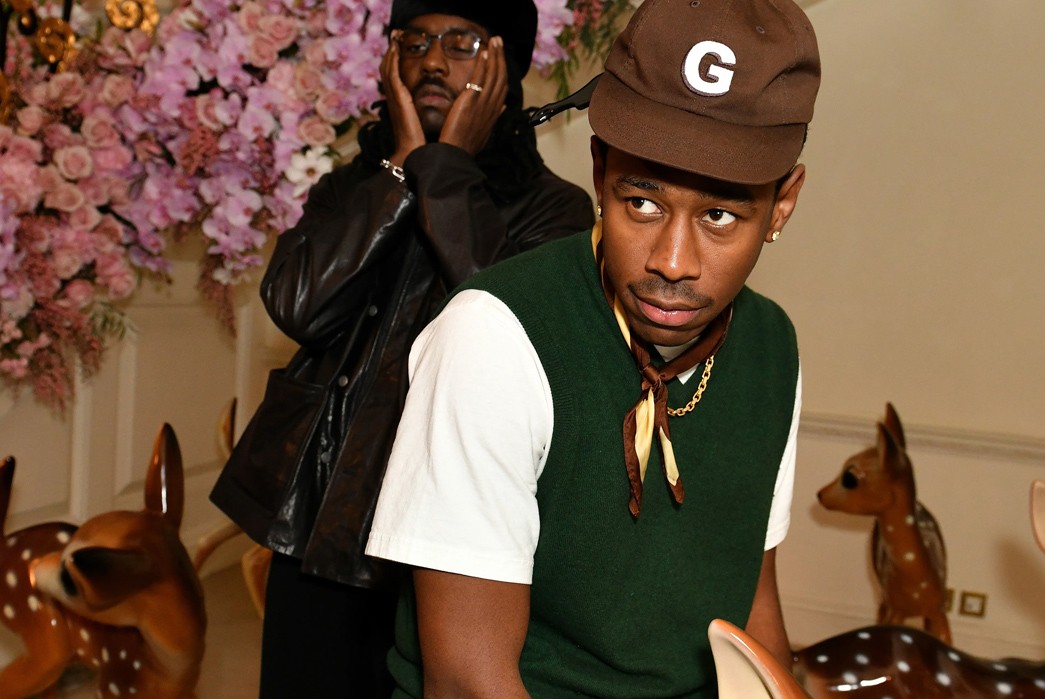
Tyler the Creator via GQ
But I don’t think anyone did more for the coolness of the baseball cap — specifically fitteds and snapbacks — than hip hop artists and the black community. Always at the forefront of fashion, their influence has shaped the style and left a major mark on the culture. From the days of NWA and Eazy E’s White Sox cap, Nelly in a St. Louis Cardinals cap worn over his durag, Biggie, Spike Lee, Jay-Z, Lebron James, and countless others all decked out in Yankee navy. All of those and many, many more had a major hand in turning the cap into one of the all-time great fashion statements. As Jay-Z himself once said, “I made the Yankee hat more famous than a Yankee can”.
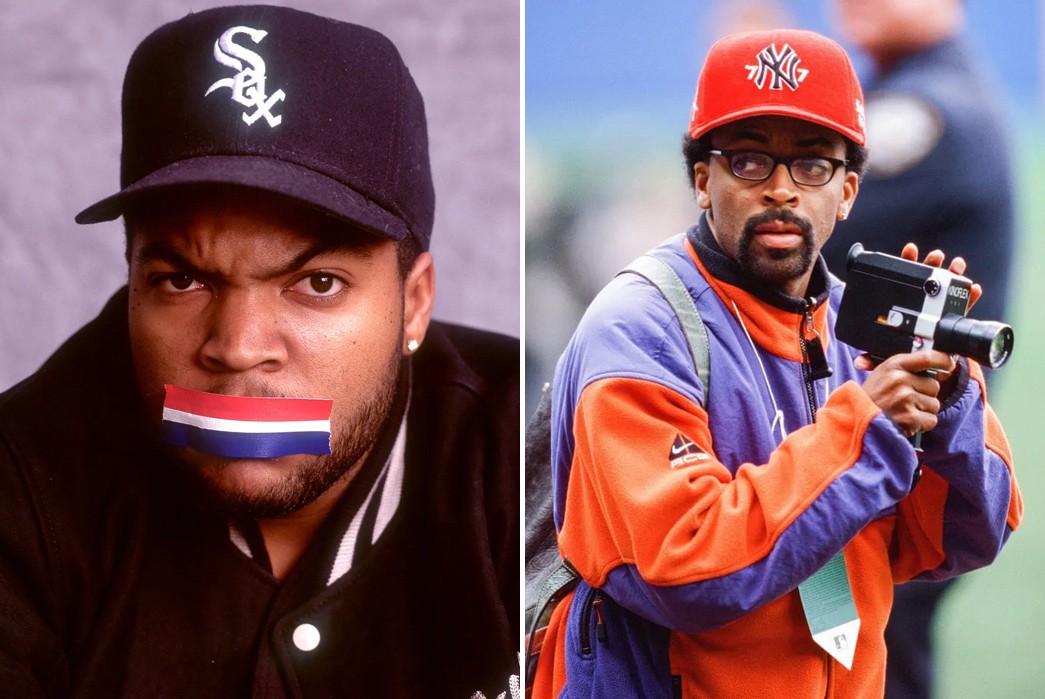
(Left) Ice Cube via oneblockdown.it (Right) Spike Lee via the Guardian
Spinoffs of the ballcap have also contributed to its ubiquitous status. The ‘snapback’ is a style that features similar construction to the 59Fifty, but with an adjustable plastic strap at the back of the cap to make for adjustable sizing.
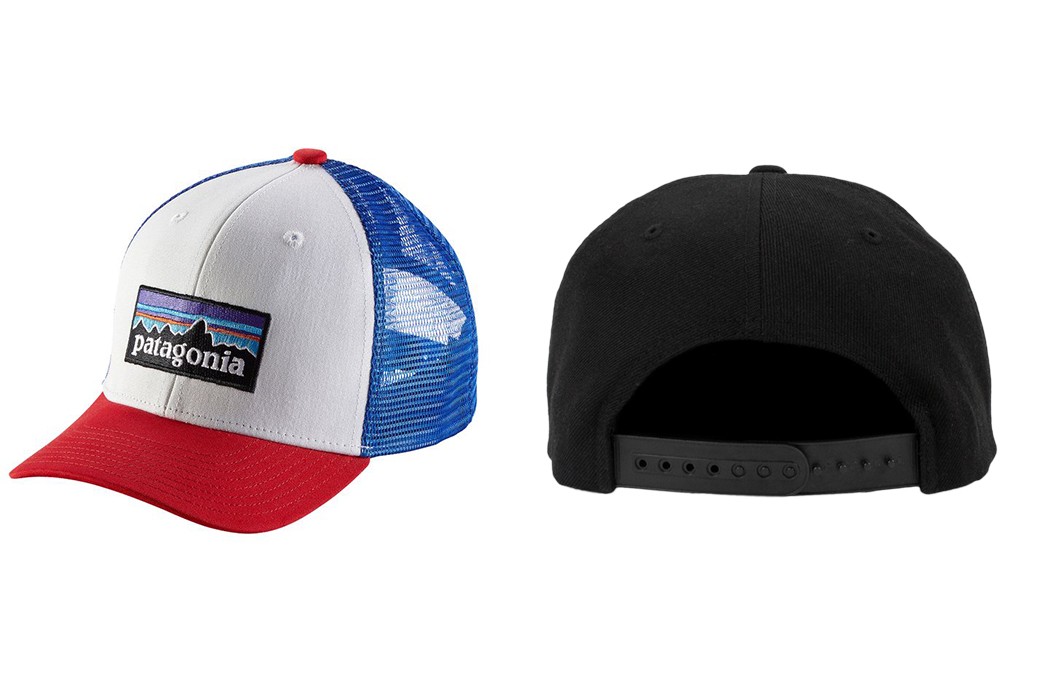
Patagonia Trucker Cap via Patagonia and Snapback closure via Jack U.
Part 2 coming soon.

